Henrys Garnet Itea
$29.50 Original price was: $29.50.$20.65Current price is: $20.65.
- Free Shipping over $25
- Fast & reliable delivery options
- Enjoy top quality items for less
- Multiple safe payment methods

If the name of this plant – also known as Virginia Sweetspire – doesn’t trigger instant recognition, don’t worry, you are not alone. It sometimes seems strange that the most beautiful of our native plants are less well-known than imported European plants, but it’s true. Considering what a beauty and versatile shrub this is, it should definitely be in every garden, so make sure it’s in yours. Not only does it have beautiful and fragrant summer blooms and a graceful charm, it has fabulous and long-lasting fall colors too. It’s also incredibly versatile, growing in most soils, but especially in clay, and in those wet ones that can be hard to find plants for. It even grows in a wide range of light conditions, from full sun to light full shade. What more could we ask of our garden shrubs? Henry’s Garnet Itea is a selected form with larger blooms and superior fall colors, and it’s perfect for gardens from the most formal to a wild garden of native plants.
Growing Henry’s Garnet Itea
Size and Appearance
Henry’s Garnet Itea is a deciduous shrub growing 3 to 4 feet tall and up to 6 feet wide. It has a dense, bushy form with slightly arching branches. The leaves are smooth ovals, between 1 and 4 inches long, and a warm green color. In fall they turn beautiful glowing shades of golden yellows, oranges, and deep burgundy-reds. In their fall colors the leaves remain on the plant for weeks, often well into the winter months, continuing to provide interest in your garden. Flowering is in late spring and early summer, with long flower heads developing at the ends of the new shoots. Each spike is 4 to 6 inches long, and packed with many small, star-shaped white flowers. These open from the base of the spike upwards over several weeks, giving a long and profuse bloom period, with the plant smothered in arching flower spikes. The flowers are sweetly fragrant and attract butterflies and pollinating insects. They are followed by insignificant seed capsules.
Using Henry’s Garnet Itea in Your Garden
This versatile mid-sized shrub is great for filling beds around your garden. With two seasons of major interest it is incredibly valuable, yet easy to grow. Use it behind smaller plants, or plant it beneath trees or alongside a stream. For group plantings set the plants out 4 feet apart. As a native shrub it is perfect for natural gardens and woodland gardens, fitting in well among other native trees and plants.
Hardiness
Henry’s Garnet Itea is hardy throughout almost all the country, from zone 5 to zone 9.
Sun Exposure and Soil Conditions
This versatile shrub will grow well in full sun, partial shade, and even in light full shade, although flowering and the intensity of the fall colors may be reduced there. It thrives in all heavier soils, including clays, and enjoys wet soil, where it can be hard to find shrubs that will grow well. It doesn’t like stagnant, swampy areas though, and the soil should have some natural drainage. It also grows well in regular garden soils, and benefits from some watering in summer, as it is only moderately resistant to drought.
Maintenance and Pruning
A light trim in spring or after flowering is all it needs to keep Henry’s Garnet Itea looking ‘garden ready’, and even that isn’t really needed. It is usually free of pests or diseases and usually avoided by deer. This plant does spread sideways by suckering, gradually becoming a larger clump. To prevent this dig with a sharp spade around it in late fall or early spring, removing the stems that have been cut through.
History and Origin of Henry’s Garnet Itea
The Virginia Sweetspire, Itea virginica, is more correctly known as Cyrilla racemiflora, but that name is hardly ever used by gardeners. It grows naturally over a large part of the southeast, east of the Mississippi, mainly in swampy ground and along streams. Around 1980 the famous plant expert Professor Michael Dirr was visiting Swarthmore College in Pennsylvania. He noticed a plant with exceptionally rich red fall coloring and took some of it back to his home campus in Georgia. He later discovered that it had been grown from seed collected in Georgia by Josephine Henry, who had brought it to her home in Gladwyne, Pennsylvania. Dirr thought the fall color was like garnet, a deep red that was one of the college’s colors, so he recognized both Josephine Henry and the college by naming this unique plant ‘Henry’s Garnet’. He released this plant to nursery to distribution in 1982.
Buying Henry’s Garnet Itea at the Tree Center
Growing native plants is very popular today – quite a change from the times when all our plants were from other countries. While growing those plants is still a great thing to do, when a lovely native shrub comes along, then let’s all plant it. Because of this attitude the demand is very high for Henry’s Garnet Itea, so order yours right now.
Be the first to review “Henrys Garnet Itea” Cancel reply
Related products
Pieris
Other Shrubs & Hedges
Rhododendron
Other Shrubs & Hedges
Lilacs
Butterfly Bush
Knock Out® Roses
Ornamental Grasses


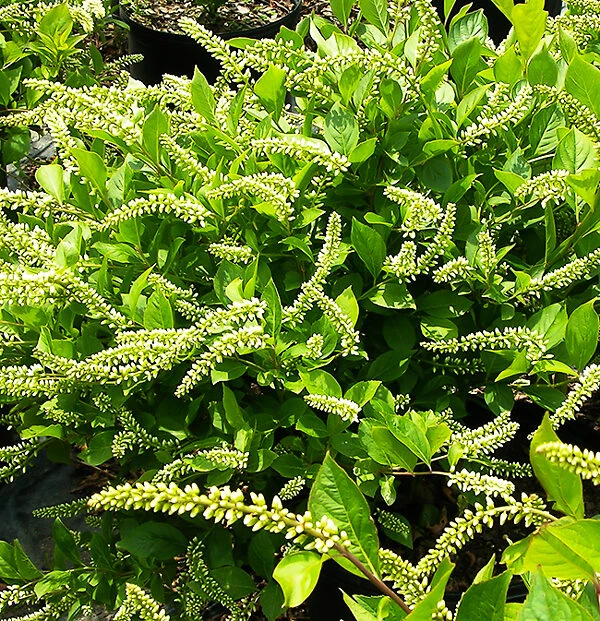
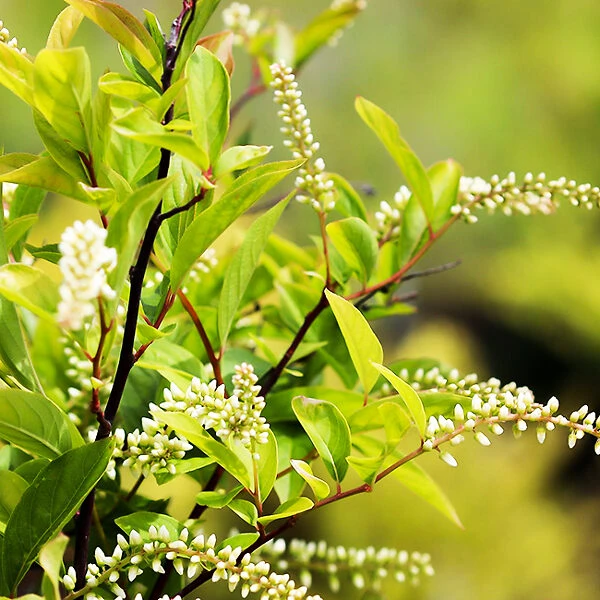


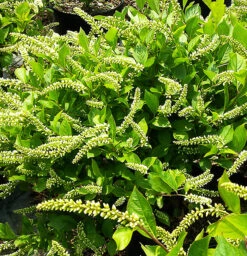

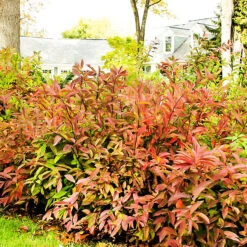

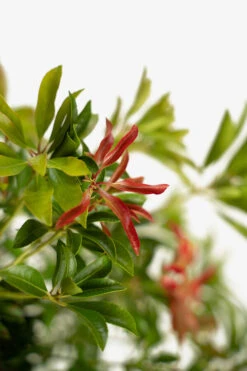
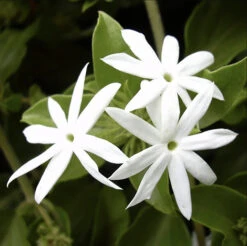
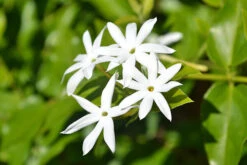

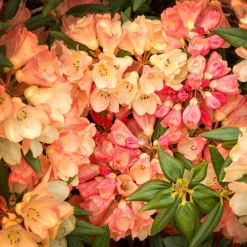
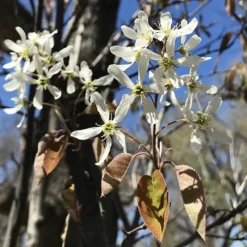


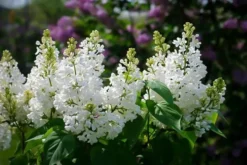



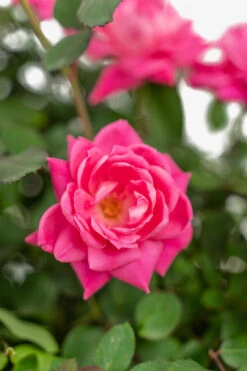
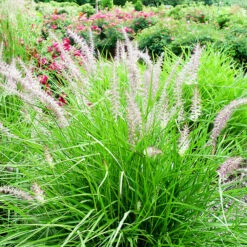
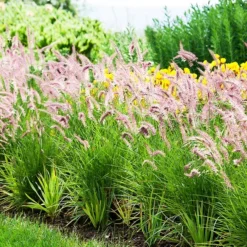
Reviews
There are no reviews yet.